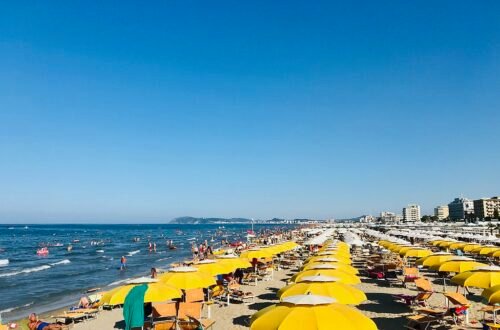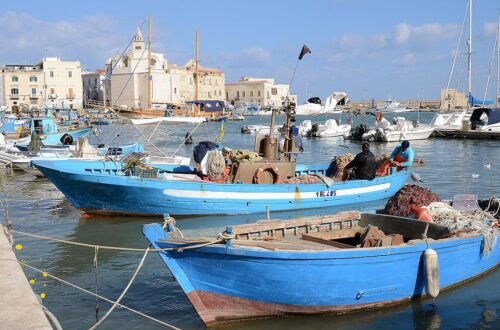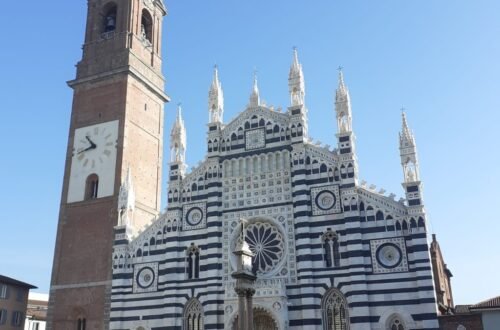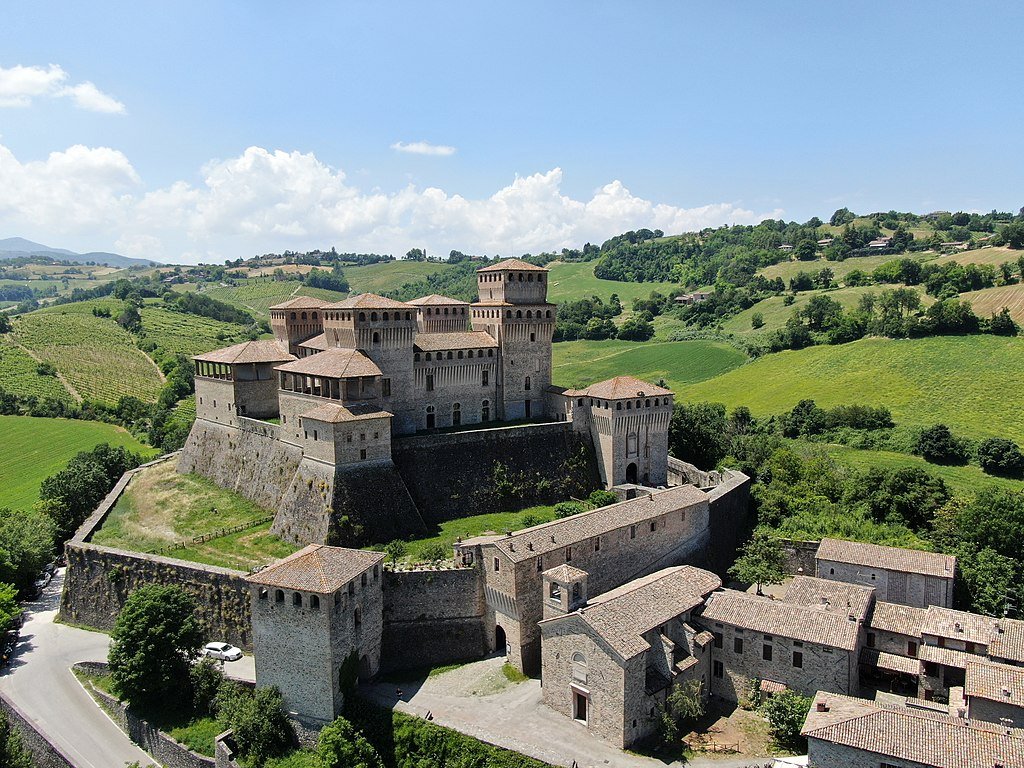
15 Best Things to See in Parma (Italy)
One of the biggest cities in northern Italy’s Emilia-Romagna area is Parma, which is renowned for its prosciutto and cheese. The city has been inhabited in some capacity since the Bronze Age and has played a significant part in the development of Italy over the millennia. Parma was administered by the Franks and was a part of the Holy Roman Empire during the Middle Ages, but in the 1200s it became embroiled in the war between the Guelphs and Ghibellines. The city was seized by France throughout the 1800s while Napoleon was in power, and in 1860 it eventually joined the Kingdom of Italy. Parma has a wealth of historical sites and magnificent religious structures as a result of its lengthy history and influences from numerous civilizations and governing empires. There is plenty to suit everyone’s tastes and interests, from the stunning Parma Cathedral and the spectacular Teatro Regio to the fascinating Museo Glauco Lombardi and the National Gallery! In addition to its incredible variety of sights, Parma boasts a tonne of excellent restaurants and cafes where you can eat the city’s well-known cuisine. Let’s examine the top activities in Parma:
- Teatro Farnese
- Parco Ducale
- Piazza Garibaldi
- Orto Botanico di Parma
- Museo Glauco Lombardi
- Visit Torrechiara
- Museo archeologico Nazionale di Parma
- The Sanctuary of Santa Maria Della Steccata
- Church of St. John the Evangelist
- Teatro Regio
- Palazzo della Pilotta
- Parma Baptistery
- The National Gallery of Parma
- Palazzo del Governatore
- Parma Cathedral
Teatro Farnese
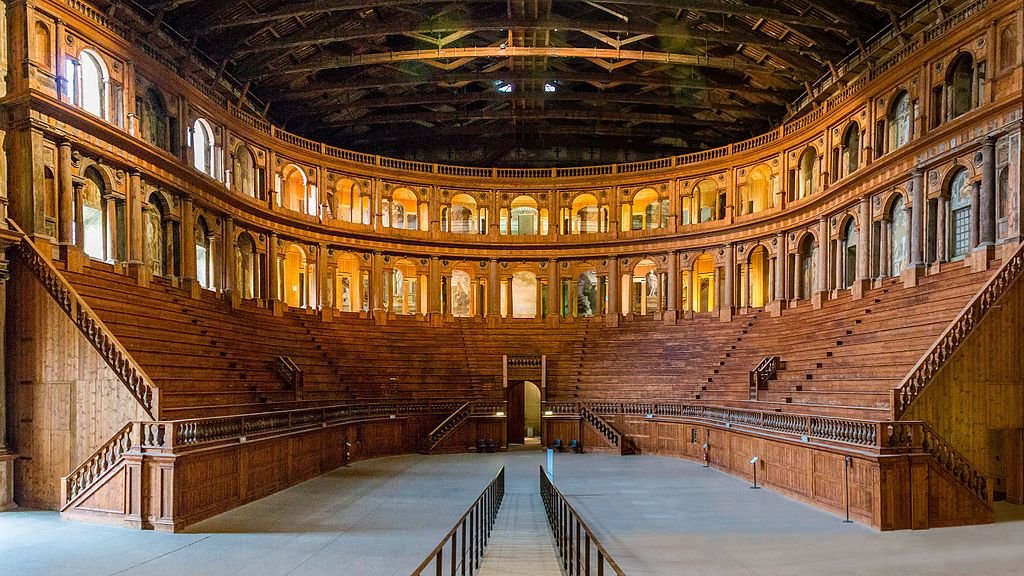
One of the most well-known examples of a wooden theatre that still survives today is the Teatro Farnese, which is part of the Palazzo Della Pilotta complex. When it was built in the 1600s, it was the biggest theatre in the world and could accommodate 4,500 spectators. The theatre was severely damaged during World War II, but it has since been repaired, allowing you to see the exquisite craftsmanship in the wooden walls and seats. Some elaborate wooden arches that would have acted as boxes for Parma’s wealthy elite surround the semi-circular benches.
Parco Ducale
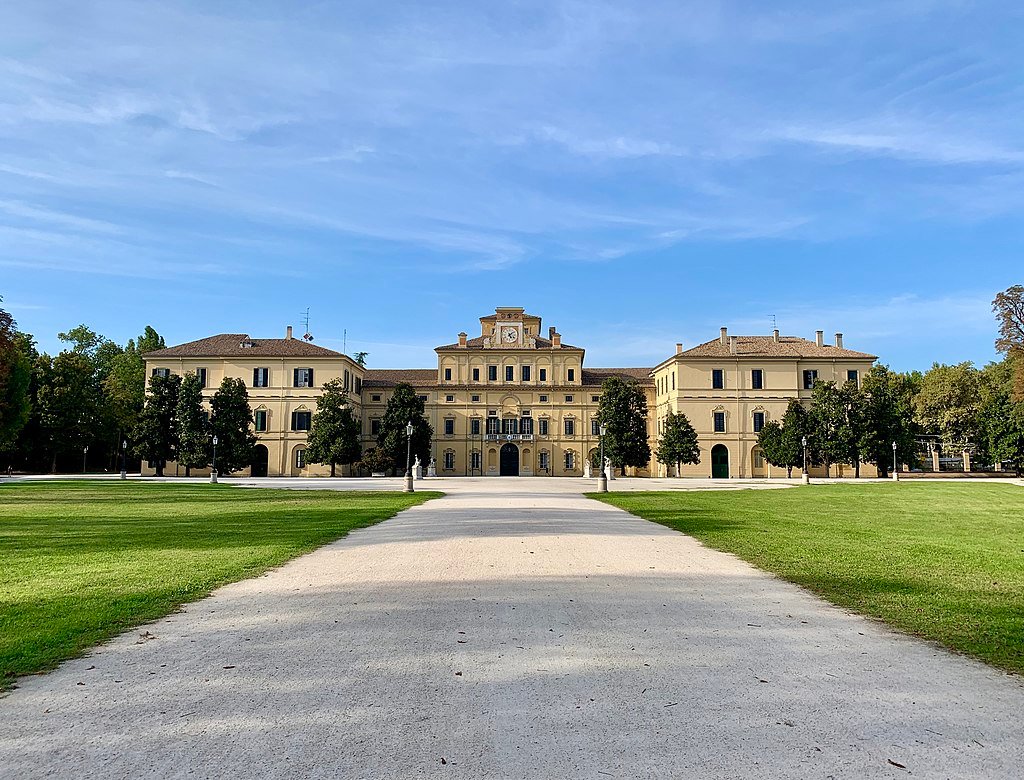
There are many lovely parks in Parma, but none are as big and lush as the huge Parco Ducale. This park, known simply as “The Garden,” is one of the main recreational areas in Parma and is more than 200 square metres in size. The park is conveniently situated close to the Palazzo Della Pilotta across the river. The park is home to many charming pathways lined with trees and vegetation, as well as the magnificent Fontana del Trianon, which is encircled by a lovely body of water. The Parco Ducale is your haven if you’re seeking a place to unwind because it was expertly designed and has a beautiful layout and style.
Piazza Garibaldi

There are several attractive squares in Parma, but the Piazza Giuseppe Garibaldi, which is located in the medieval town centre to the south of the cathedral, is the most noteworthy. Important buildings, such as the imposing Palazzo del Governatore, the Comune di Parma, and the Church of Saint Paul the Apostle, surround this square. A bronze statue of Giuseppe Garibaldi, who was important in bringing about the unification of Italy, is located in front of the Palazzo del Governatore. This is a wonderful spot to unwind, and it also offers a variety of stores, eateries, and cafes for your convenience.
Orto Botanico di Parma
This botanical garden is located on Viale Martiri Della Liberta in the city’s centre and is maintained by the University of Parma. The grounds of this lovely garden are home to a wide variety of plants and trees. Various aquatic plants like Butomus umbellatus, Lemna minor, and tree species like Ginkgo and Magnolia are notable examples of variations. There are also other different greenhouses with stunning collections of tropical plants and fruits.
Museo Glauco Lombardi

This museum provides a special look into the lives of Napoleon Bonaparte, a great military leader and emperor, and his wife, Marie. This museum offers a unique perspective on history and is ideal for visiting while on a walking tour of Parma. It is situated on the Piazza Della Pace in the city’s centre. The commander’s personal life and his relationship with his beloved wife are highlighted in this wonderful collection of images, artefacts, and letters. This is a topic that is rarely touched on and is frequently overshadowed by Napoleon’s military prowess.
Visit Torrechiara

The quiet rural village of Torrechiara offers a different experience if you’re seeking a day excursion from Parma. This picturesque village is located south of Parma and can be reached by automobile in about 35 minutes. On the way there, you’ll pass through some breathtaking Italian countryside. The magnificent Castello di Torrechiara, which was built in the 1400s, is the village’s primary draw. This enormous building dwarfs the settlement and sits haughtily on a tiny hill, affording it sweeping views of the area. While the castle’s exterior design is still in excellent shape, the inside has been beautifully kept and includes several exquisitely adorned chambers, including the renowned Camera d’Oro (Golden Chamber).
Museo archeologico Nazionale di Parma
The National Archaeological Museum, another excellent establishment housed inside the Palazzo Della Pilotta complex, was established in 1790 and has long held a wonderful collection of historic artefacts and antiquities. The vast collection now includes a massive head of the Greek deity Zeus, artefacts from the Palatine Hill excavations, diverse finds from ancient Egypt, as well as a collection of Greek pottery and vases. Additionally, there is a superb display of artefacts from the Emilia-Romagna region’s Bronze and Iron ages.
The Sanctuary of Santa Maria Della Steccata
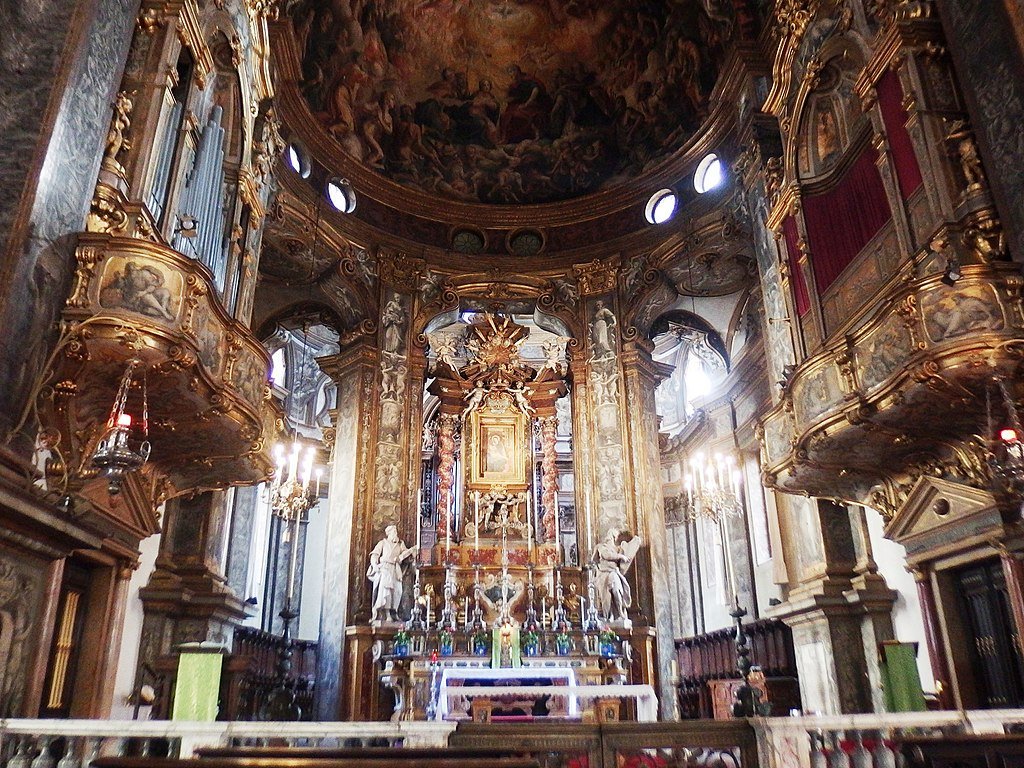
The Shrine of Santa Maria Della Steccata, another excellent church in the heart of Parma, boasts a Renaissance style and is a stunning structure. While the outside construction is symmetrical and includes several circular towers, the inside is particularly beautiful and contains several colourful frescos and intricate decorations. Although the ceilings of each of the four circular towers are ornamented with gold, the centrepiece is the central dome. The main fresco, which depicts a scene from the assertion and is painted in vivid colours with lots of blue, was partially painted by renowned Parma artist Bernardino Gatti.
Church of St. John the Evangelist
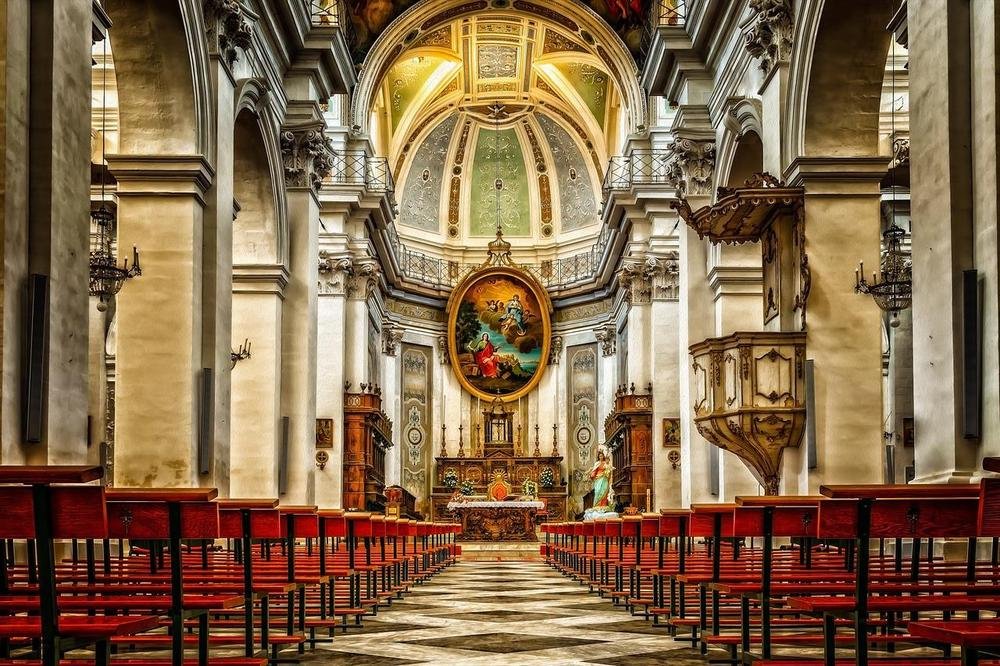
Another magnificent church, the Church of St. John the Evangelist, which was built in the 1500s during the Renaissance, is tucked away behind the cathedral. The church’s front façade, which is Romanesque in design and constructed of the same pink marble as the cathedral, contains several exquisite sculptures and a bell tower that rises 73 metres above the ground. The interior of the structure is beautifully decorated and filled with holy art, as well as further creations by the renowned artist Correggio. Additionally, a nearby monastery, with its collection of antiquated manuscripts and codexes, offers insight into religious history.
Teatro Regio
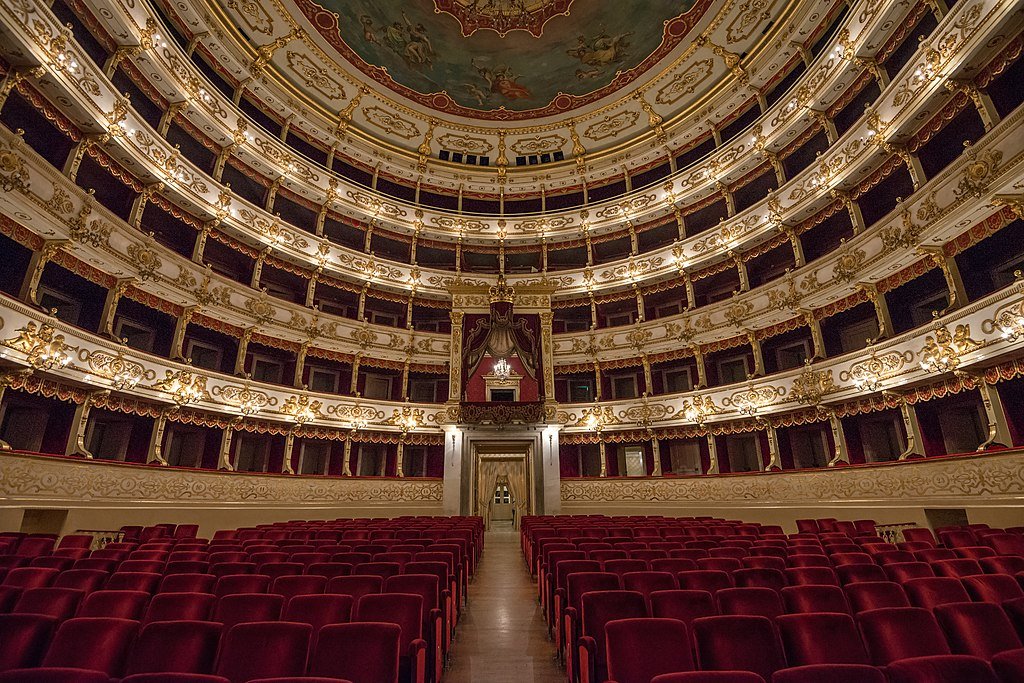
The Teatro Regio, another magnificent theatre that is still in operation, is situated next to the Palazzo Della Pilotta. The theatre’s interior is simply divine and is one of the best theatres in all of Italy, despite the building’s unassuming facade. The theatre can accommodate 1400 people, giving it a cosy atmosphere and placing the audience near to the action. Five tiers of individual box seats are arranged in a circle that is trimmed in crimson velvet and gold. In addition, the walls and ceiling are covered in elaborate ornamentation.
Palazzo della Pilotta
This enormous structure, one of the biggest in Parma, is situated in lovely surroundings beside the River Torrente Parma. This building, built in the late 1500s, served many purposes, including a court and a royal residence. Unfinished areas of the building result in an odd juxtaposition of simple stone construction with ornamented facades and lovely arched walkways. The National Gallery, the Biblioteca Palatina, and the beautiful Teatro Farnese are all located inside the complex.
Parma Baptistery
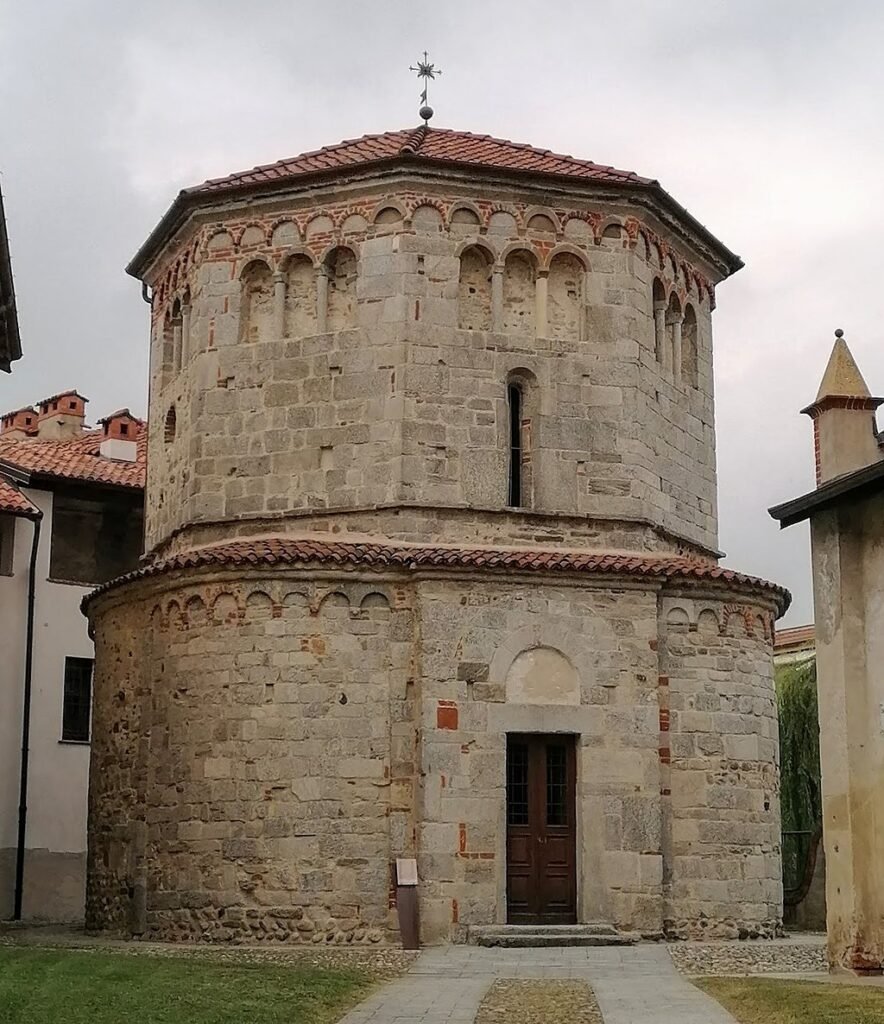
This building, which serves as Parma’s major Baptistery, is situated next to the cathedral yet dwarfs it in size and is higher than the cathedral’s highest point. The baptistery is a large structure that towers above the nearby structures and has some amazing exterior carvings and arches. The interior is incredibly gorgeous and is decorated in intricate frescos and marble statues, even though the exterior is fantastic in and of itself. The higher wall parts have statues of notable Italians, and each of the octagonal wall panels has a separate fresco painted in the 13th and 14th centuries. There is a stunning painting on the ceiling that is divided into pieces, each of which features a different religious figure.
The National Gallery of Parma
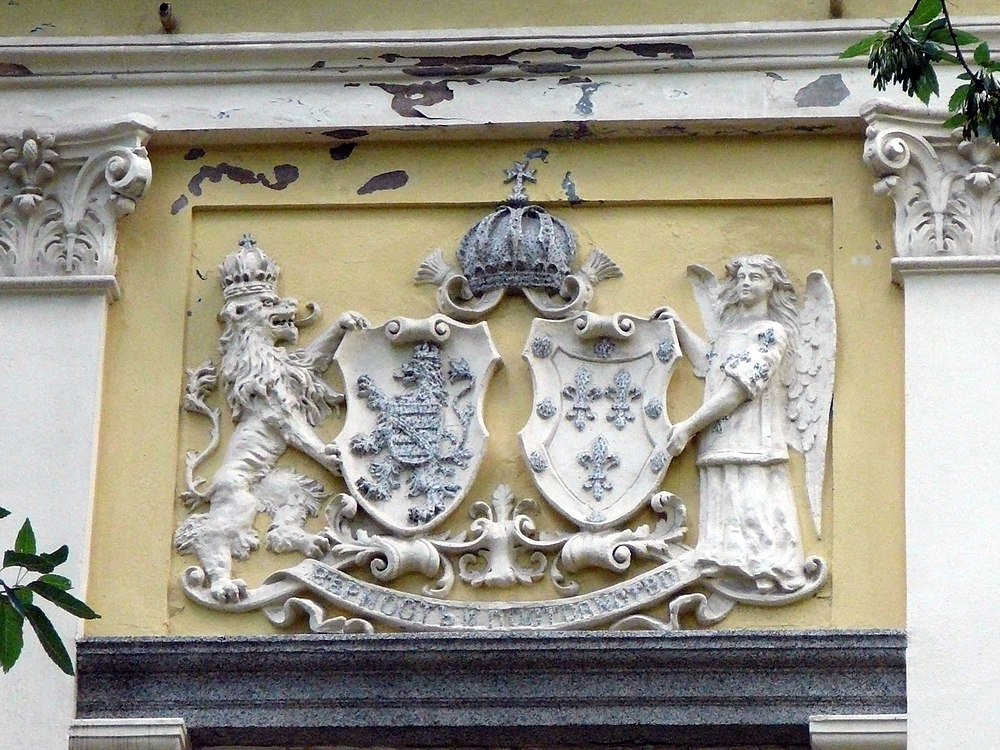
The Palazzo Della Pilotta complex, located in the heart of the historic old town, is home to this incredibly remarkable art gallery. Some of the works in this collection date back to the Renaissance, and the collection has grown over time. The exhibitions feature works by eminent artists such as Canaletto, Correggio, Anthony Van Dyck, and Leonardo da Vinci. The range and calibre of the items presented make this outstanding exhibition truly monumental for art enthusiasts.
Palazzo del Governatore
This historic edifice, built in the 1200s in Baroque and Neoclassical styles, was a significant government building for hundreds of years. This enormous skyscraper, which fills the entire width of Piazza Garibaldi, soars above the nearby buildings and features a massive clock face in its central bell tower. The excellent Museum of Modern and Contemporary Art is housed inside the building and offers a remarkable selection of contemporary works and exhibits that are always changing.
Parma Cathedral
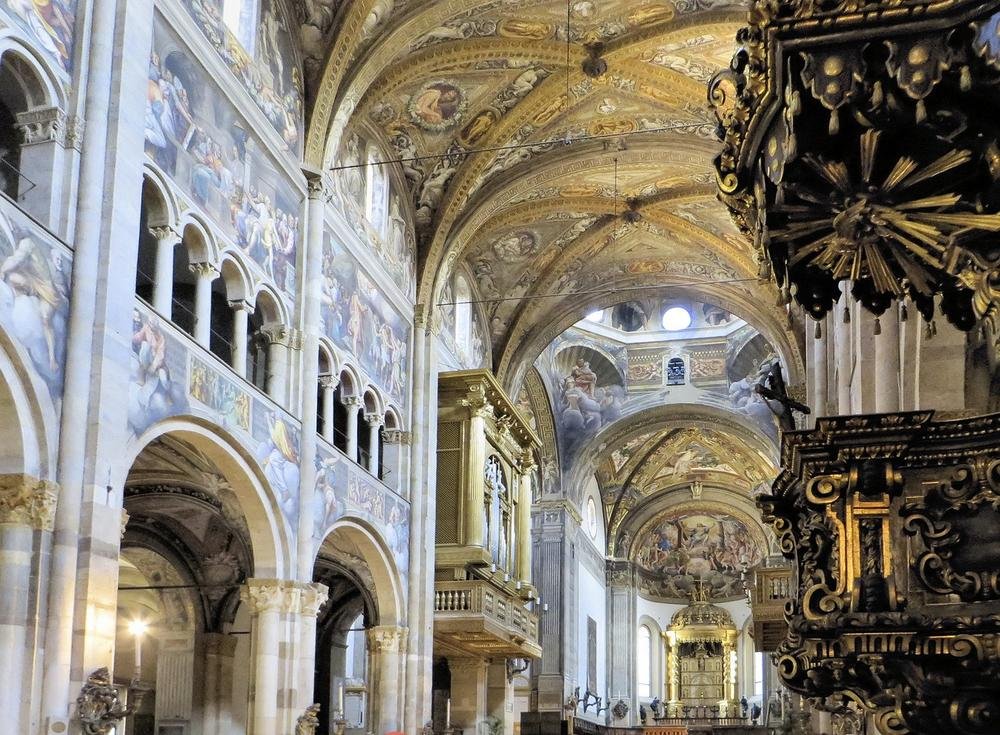
Parma Cathedral, which honours the Blessed Virgin Mary, is regarded as one of Italy’s greatest Romanesque cathedrals and is especially renowned for its magnificent interior frescoes. The cathedral occupies a significant position in the city and is situated in the Piazza del Duomo, in the heart of the ancient old town. Large, elaborate arches can be seen on the church’s front façade, and a massive campanile is situated adjacent to it. The breathtaking fresco on the cathedral’s main dome is the centre of attention despite the abundance of lovely decorations inside. This Correggio-created fresco, which depicts the Virgin’s assumption and is regarded as a magnificent example of Renaissance art, is vibrant even now.


